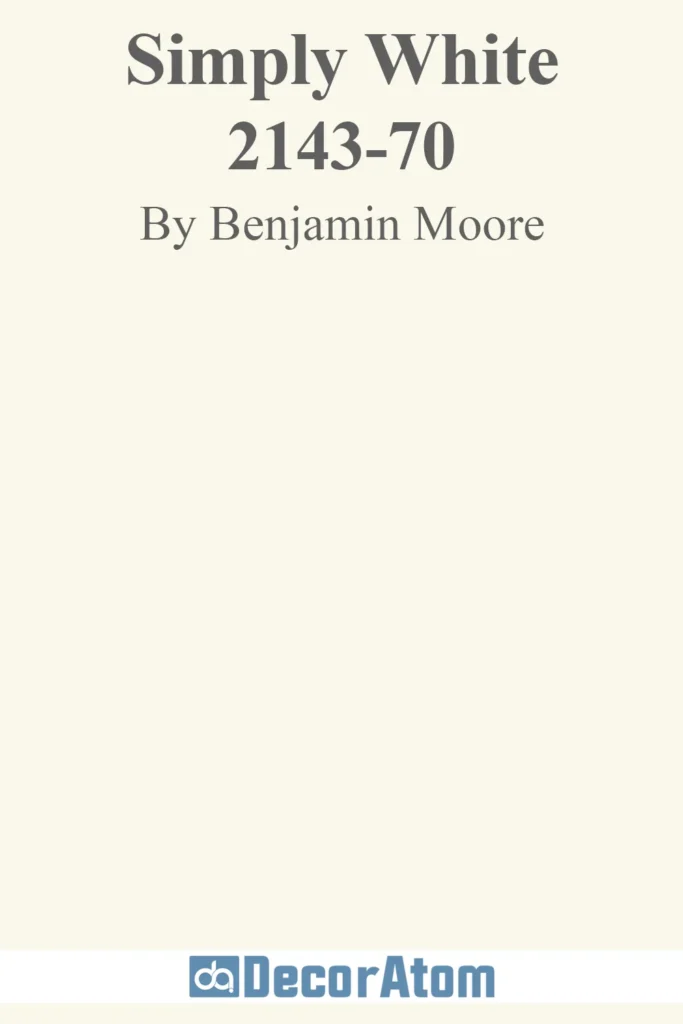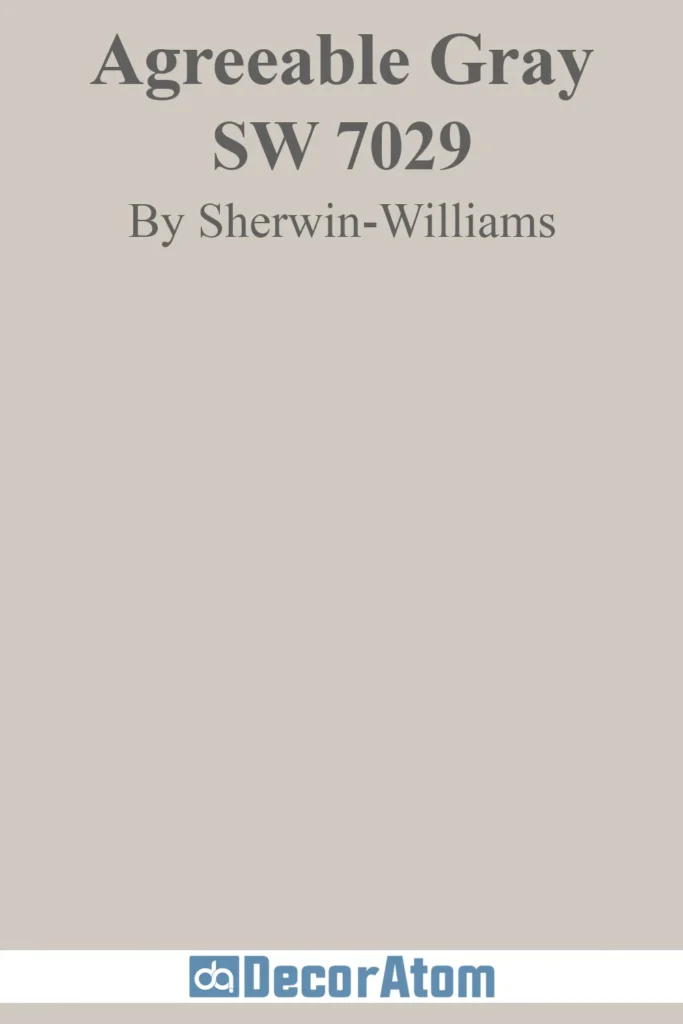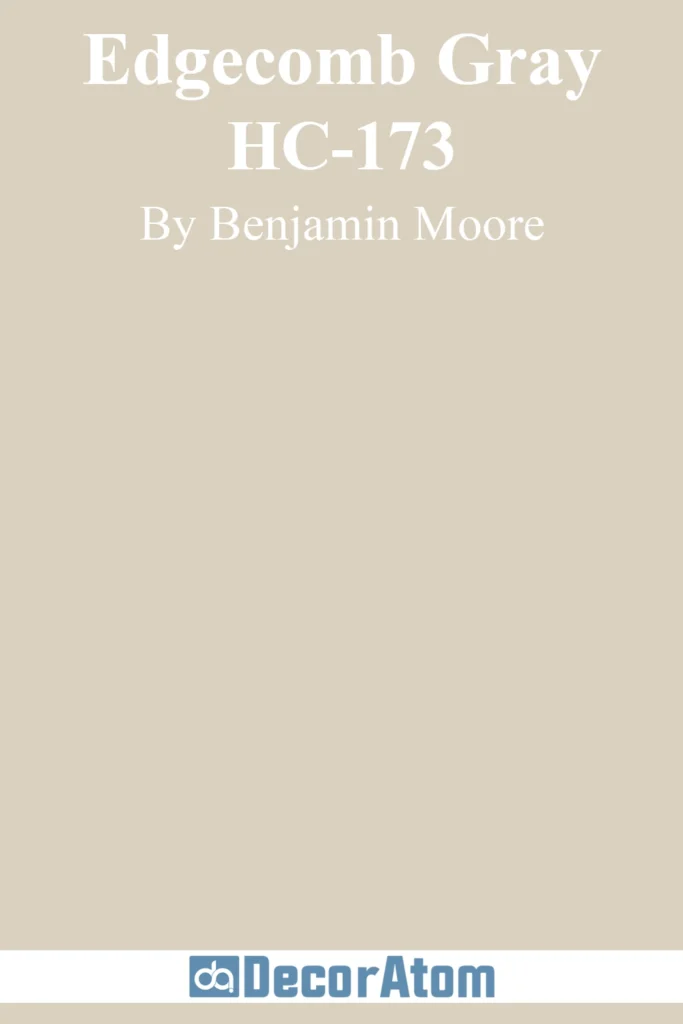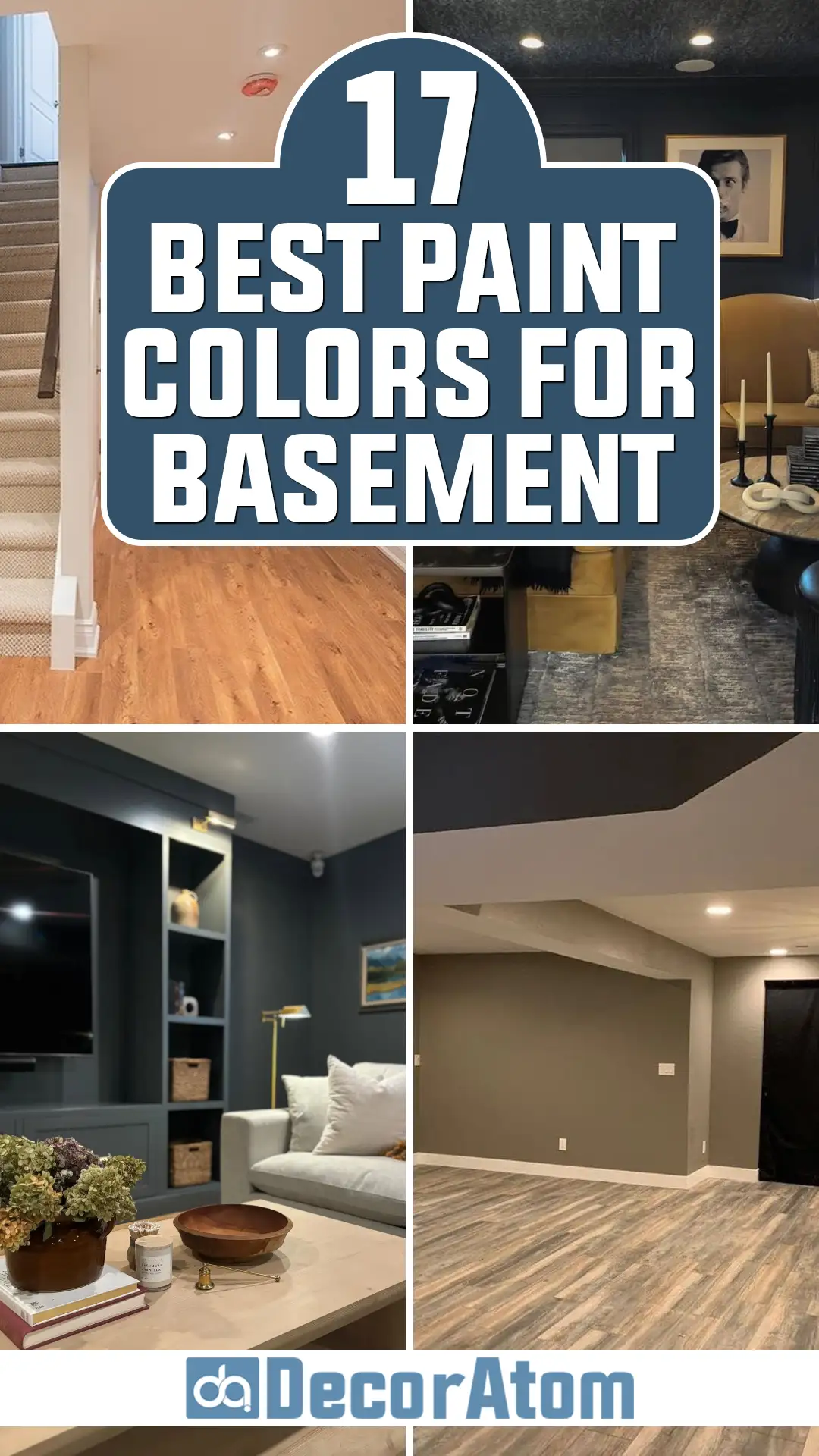Basements can be one of the trickiest spaces to paint. With little to no natural light, lower ceilings, and often a cooler temperature than the rest of the home, choosing the right paint color can make or break the feel of the space.
A well-chosen paint color has the power to transform a basement from a dark, uninspiring area into a cozy, welcoming extension of your home.
When selecting a basement paint color, it’s essential to consider factors like artificial lighting, the overall mood you want to create, and how the color interacts with the rest of your home.
Some homeowners aim for a bright and airy feel, while others embrace the cozy nature of a basement with rich, deep hues. The key is finding a balance that enhances the space rather than making it feel even more enclosed.
In this guide, I’ve rounded up 17 of the best basement paint colors to help you create the perfect atmosphere. Whether you’re looking for warm neutrals, soft whites, cool grays, or bold statement colors, these shades will bring new life to your basement and make it feel just as inviting as any other room in your home.

Tips for Choosing the Best Paint Colors for Basement
1. Consider the Lighting Situation
Basements typically lack natural light, so it’s crucial to choose colors that work well under artificial lighting. If your basement has limited or no windows, lighter shades like soft whites, warm beiges, or light grays can help brighten the space. If you’re using warm LED or incandescent lighting, avoid overly cool-toned grays and blues, as they might make the basement feel too cold and uninviting.
2. Use Light Colors to Open Up the Space
If you want your basement to feel more spacious and airy, stick with lighter paint colors. Soft whites, off-whites, pale grays, and warm beiges reflect more light and can make a low-ceiling basement feel less closed in. Consider shades like Sherwin Williams Alabaster or Benjamin Moore Classic Gray for a fresh and open look.
3. Don’t Be Afraid of Warm Tones
Basements can sometimes feel chilly, both physically and visually. To counteract this, choosing warm-toned neutrals like creamy whites, warm beiges, or greiges can add a sense of coziness. A shade like Sherwin Williams Accessible Beige brings just enough warmth without feeling too yellow or overpowering.
4. Try a Darker Color for a Cozy Feel
If you want to create a moody, cozy basement—maybe for a home theater or a lounge-style space—don’t shy away from deep, rich colors. Dark greens, navy blues, or charcoal grays can make a basement feel luxurious and intimate. Just be sure to pair them with good lighting and some contrasting lighter décor to keep the space from feeling too enclosed.
5. Use an Eggshell or Satin Finish for Better Light Reflection
Basements often benefit from a bit of light reflection, so choosing a finish like eggshell or satin instead of flat paint can help bounce light around the room. Plus, these finishes are easier to clean, which is important if your basement is a high-traffic area.
6. Coordinate with the Rest of Your Home
If your basement is connected to the main living areas via an open staircase or hallway, consider how the basement color will flow with the rest of your home. Keeping a similar color palette throughout creates a seamless transition and makes the basement feel like a cohesive part of your home rather than a separate space.
7. Test Samples Before Committing
Because basements have different lighting conditions than the rest of your home, always test paint samples on the walls before making a final decision. Look at the color at different times of the day and under different lighting to see how it truly appears in your basement.

The Best Paint Colors for Basement
Below, I’ll walk you through 17 of the best basement paint colors and explain why they work so well in a space that can sometimes feel dark, dull, or disconnected from the rest of the home.
1. Benjamin Moore Manchester Tan

💥🎁 Christmas & Year-End Deals On Amazon !
Don't miss out on the best discounts and top-rated products available right now!
*As an Amazon Associate, I earn from qualifying purchases.
If you’re looking for a basement color that feels warm and inviting without being too dark, Manchester Tan is an excellent choice.
This timeless beige has subtle golden undertones, making it a great way to add warmth to a basement that might feel a little too cool or stark.
It works beautifully with both natural and artificial lighting, creating a cozy atmosphere without looking too yellow.
2. Benjamin Moore Natural Linen

A soft, warm neutral, Natural Linen has just enough depth to give a basement a sophisticated feel while still keeping things light and airy.
This beige has slight pink-beige undertones, which can add a touch of softness to a space that lacks natural light. It pairs well with warm wood tones, making it a great choice for basements with exposed beams or wood flooring.
3. Benjamin Moore Simply White

If your goal is to brighten up a dark basement, Simply White is a fantastic option. This crisp, clean white has just a touch of warmth to keep it from feeling too stark or clinical.
It reflects light beautifully, making even the smallest basement feel more open and inviting. Pair it with warm lighting to create a soft, glowing effect that counteracts any basement gloom.
4. Benjamin Moore Cloud White

💥🎁 Christmas & Year-End Deals On Amazon !
Don't miss out on the best discounts and top-rated products available right now!
*As an Amazon Associate, I earn from qualifying purchases.
Similar to Simply White but a little creamier, Cloud White is a warm white that helps soften the sometimes harsh artificial lighting often found in basements.
It’s a great choice if you want to keep your basement looking fresh without going for a pure white that might feel too stark in a windowless space. It works well as a main wall color or as a trim color for contrast.
5. Benjamin Moore White Dove

A favorite among designers, White Dove is a soft, warm white that works wonders in a basement. It has just enough warmth to prevent it from feeling cold, but it still maintains a crisp, clean look.
This is a great option if you want a classic white basement that still feels inviting and not too sterile.
6. Sherwin-Williams Alabaster

Alabaster is a creamy white with just the right amount of warmth to make a basement feel cozy and inviting. Unlike some stark whites, Alabaster has soft beige undertones that prevent it from feeling too cool under artificial lighting.
It’s an ideal choice for those who want a bright basement without the starkness of a pure white.
7. Sherwin-Williams Agreeable Gray

💥🎁 Christmas & Year-End Deals On Amazon !
Don't miss out on the best discounts and top-rated products available right now!
*As an Amazon Associate, I earn from qualifying purchases.
A basement-friendly greige, Agreeable Gray is a perfect middle ground between gray and beige. It’s warm enough to keep a basement from feeling cold but has just enough gray to feel modern and fresh.
This is a great choice for basements that are used as extra living space or guest rooms, as it provides a cozy yet neutral backdrop.
8. Benjamin Moore Edgecomb Gray

For a soft, earthy greige, Edgecomb Gray is a fantastic option. It has warm undertones that prevent it from looking too cool in a basement, making it a great choice for creating a welcoming and cohesive look.
It pairs well with natural wood tones and warm lighting, making a basement feel like an extension of the main living area.
9. Benjamin Moore Stonington Gray

If you prefer a cooler gray, Stonington Gray is a refined, elegant option. It has blue undertones that give it a fresh, crisp appearance, making it a great choice for basements that get at least some natural light.
In a fully enclosed basement, it can lean cooler, so it’s best paired with warm lighting to maintain a balanced feel.
10. Benjamin Moore Pebble Beach

💥🎁 Christmas & Year-End Deals On Amazon !
Don't miss out on the best discounts and top-rated products available right now!
*As an Amazon Associate, I earn from qualifying purchases.
For a soft, beachy vibe, Pebble Beach is a light gray with subtle blue undertones. It’s perfect for a basement that you want to feel serene and airy.
This is a great pick if you’re turning your basement into a home office or a relaxation space, as it has a soothing quality that doesn’t feel too dark or heavy.
11. Benjamin Moore Abalone

A warm, slightly mauve-toned gray, Abalone is an underrated basement color that works beautifully in low-light areas. It adds depth and character without making the space feel too dark.
It’s particularly stunning when paired with warm wood accents or creamy whites.
12. Benjamin Moore Mount Saint Anne

For a touch of blue-gray elegance, Mount Saint Anne is a sophisticated choice. It has a subtle green undertone that keeps it from feeling too icy, making it a great pick for basements that need a bit of personality without being overwhelming.
It pairs well with neutral furnishings and works beautifully in a basement family room or office.
13. Benjamin Moore Amherst Gray

💥🎁 Christmas & Year-End Deals On Amazon !
Don't miss out on the best discounts and top-rated products available right now!
*As an Amazon Associate, I earn from qualifying purchases.
For a deeper, moodier gray, Amherst Gray is a fantastic choice. It’s a bold, dramatic gray that works particularly well in basements used as entertainment spaces or home theaters.
Paired with good lighting and light-colored furnishings, this deep gray can add a stylish and cozy feel.
14. Benjamin Moore Newburyport Blue

If you want to add a bold, classic touch to your basement, Newburyport Blue is a rich navy blue that adds depth and sophistication.
This is an excellent choice for basements with good lighting or those being used as stylish lounges or home bars.
15. Benjamin Moore Gentleman’s Gray

For an even deeper, moodier blue, Gentleman’s Gray is a showstopper. This inky navy has just a hint of green, giving it a luxurious, refined look.
It’s perfect for a basement that you want to feel like a cozy retreat, whether it’s a movie room, a home office, or a study.
16. Benjamin Moore Slate Teal

If you love the idea of a bold color but want something softer than navy, Slate Teal is a fantastic choice. This deep teal has a sophisticated, modern feel that works beautifully in a basement.
It pairs well with both light and dark furnishings and creates a cozy, inviting atmosphere.
17. Sherwin-Williams Inkwell

For a dramatic, modern look, Inkwell is a deep, near-black navy that adds instant sophistication. If you want your basement to feel like a high-end lounge, media room, or sleek office, this color is a bold and stylish choice.
Paired with warm lighting and soft furnishings, it creates an intimate and luxurious ambiance.


